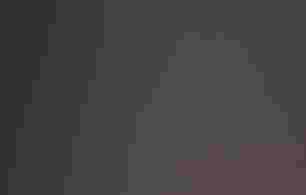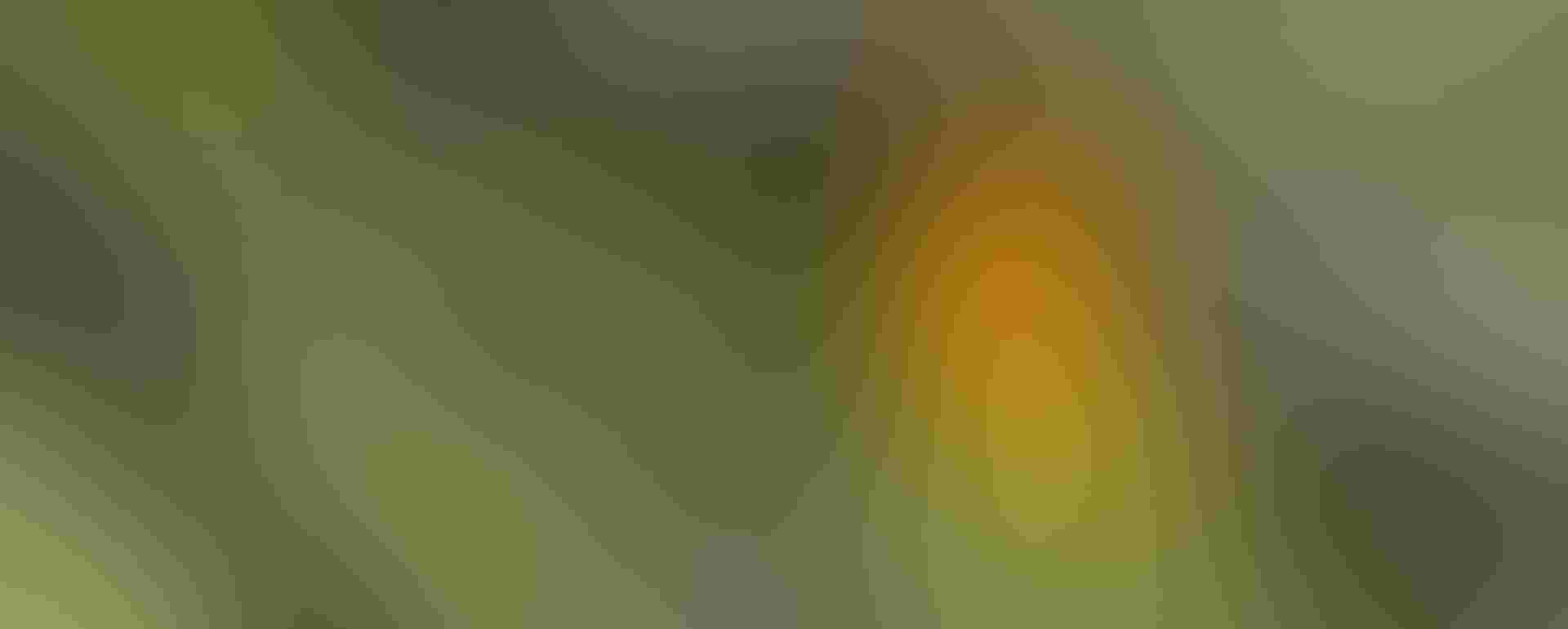
From raging wildfires in the west to flooding from coast to coast, extreme weather events remind us that we need to act now to save people and birds.
It's been five years since ‘ľŇŕ ”∆Ķ magazine published our first special climate issue. Since then, the crisis has only worsened‚ÄĒand the need to act grown more pressing. That's why in this follow-up issue we chose to focus on solutions. As you can see from the below photo essay, Our Climate Crisis Today, people and wildlife are already suffering from the effects of climate change. But there's still time to take meaningful action. From the coasts of North Carolina and Maine to the Upper Mississippi River basin and the far reaches of Canada's boreal forest, we highlight people who are working hard to protect habitats and their wildlife from the worst of climate change.
In this issue, we also dive into ‘ľŇŕ ”∆Ķ's newest scientific report, Survival by Degrees: 389 Species on the Brink, which builds on our original climate study and provides even more detailed forecasts for birds in North America under various warming scenarios. The upshot? As many as 389 out of 604 species could be at risk if we don't substantially curb carbon emissions, starting now. And while two stories in this issue show how some companies and states are leading the way, we still have a long way to go. Thankfully, a diverse array of voices are helping us forge a new future, one in which we can prevent a worst-case scenario for birds and people alike‚ÄĒand you can help.

From raging wildfires in the west to flooding from coast to coast, extreme weather events remind us that we need to act now to save people and birds.

Global warming poses an existential threat to two-thirds of North American bird species‚ÄĒbut there's still time to protect them. ‘ľŇŕ ”∆Ķ's new climate report says we have to act now.

Using a zoom tool, you can peruse the photos of ‘ľŇŕ ”∆Ķ members that make up this image of a Great Gray Owl.

We dedicated our entire fall issue to tackling the challenge of climate change, because humanity has no other choice.

‘ľŇŕ ”∆Ķ‚Äôs new climate report warns of massive avian losses if we don‚Äôt change course and stabilize global carbon emissions.

These leaders come from the grassroots and positions of power, from the left and the right, from arts and science, but they share one thing in common: the urgency of this moment.

Thaidene N√ęn√©, Canada's newest national park, is a milestone for an Indigenous-led conservation movement that can help keep carbon in the ground while protecting crucial bird habitat.

‘ľŇŕ ”∆Ķ's newest climate report projects the potential range losses and gains for more than 389 North American species.

With the federal government failing to act, many states and cities are taking it upon themselves to cut emissions and increase resiliency.

In ‘ľŇŕ ”∆Ķ‚Äôs first foray into climate fiction, or cli-fi, we asked writers of compelling‚ÄĒand sometimes strange‚ÄĒfiction to imagine what climate chaos will bring for birds and people. From there, they created these tales of the somewhat familiar future.

We can't merely cut emissions to preserve a livable planet. We'll have to invent technologies to take back the carbon we've already released.

Feeling like you can’t make a difference? That couldn’t be further from the truth. Here’s where to begin and how to ­amplify your efforts to make lasting change in the world.

Rapid warming in the Gulf of Maine has shifted the marine food web, putting already endangered Roseate Terns and their broods at even greater risk. Figuring out how to help these seabirds could point the way for safeguarding other species.

Our attempts to wall in a surging Mississippi have failed up and down the river, leading to catastrophic flooding. Now momentum is building to work with nature, not against it.

As rising seas imperil historic structures and waterfowl flocks at ‘ľŇŕ ”∆Ķ's Pine Island Sanctuary, staff remain determined to defend the North Carolina refuge by saving its wetlands.

Artist Jenny Kendler creates a birds’ eye view of climate change. In her artwork, it’s us they’re watching.

Read ‘ľŇŕ ”∆Ķ's newest scientific climate report and explore how species in your state will be affected.
Let us send you the latest in bird and conservation news.
